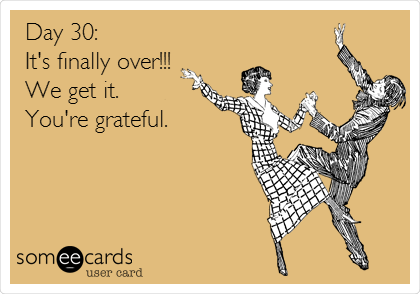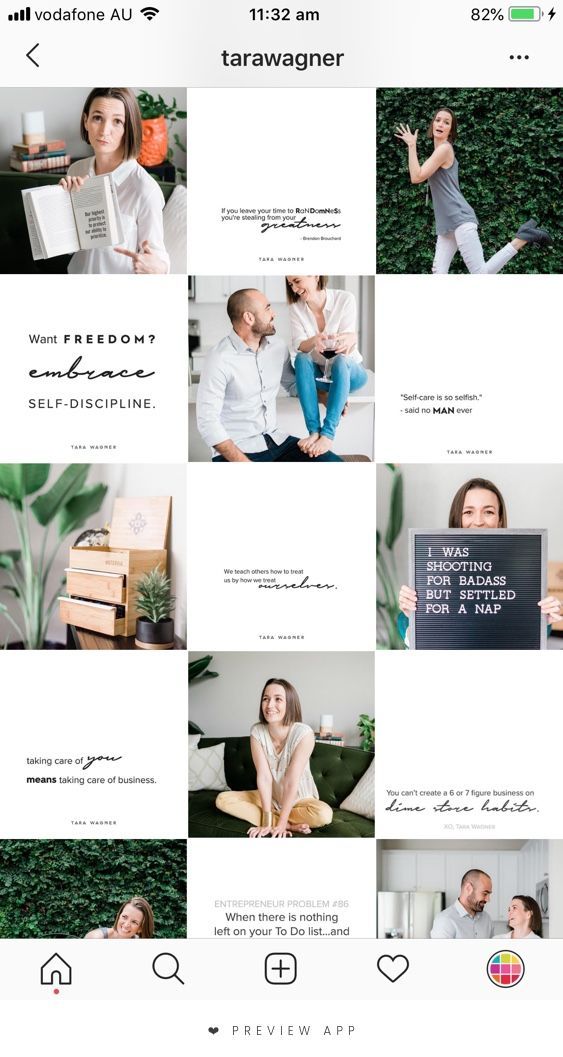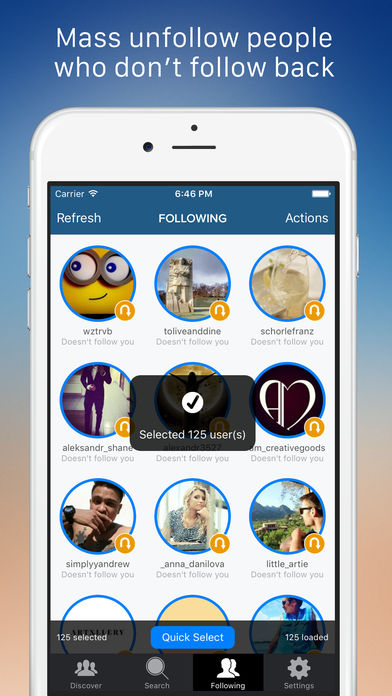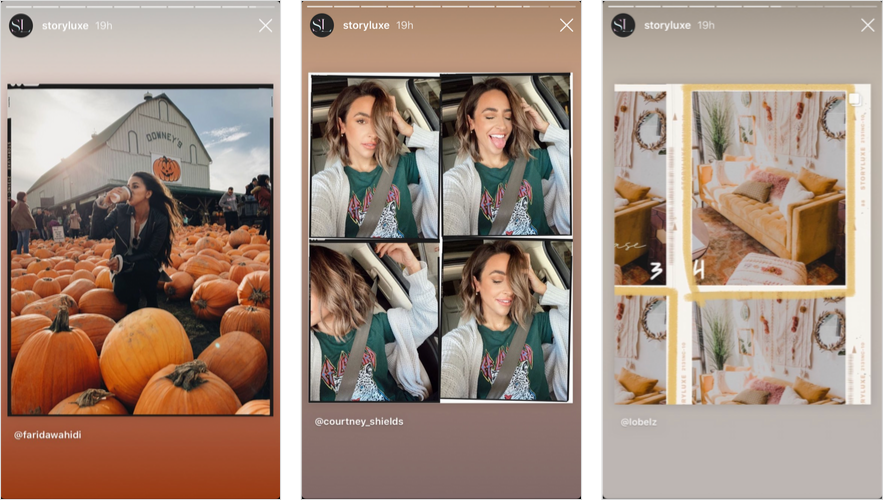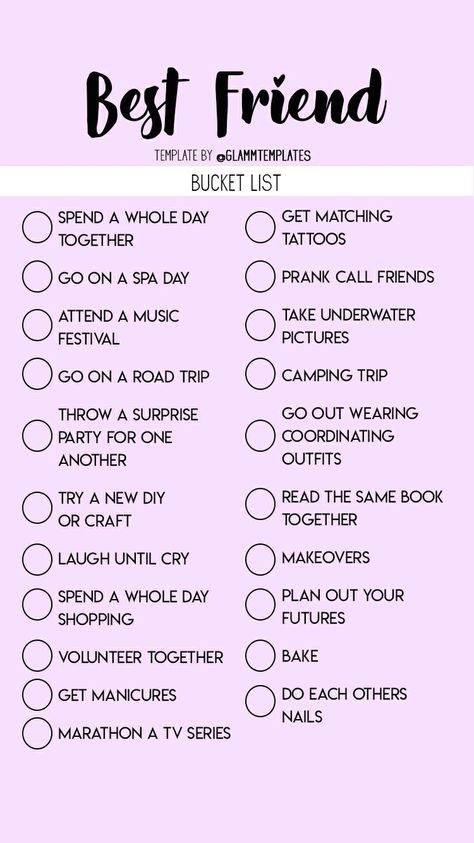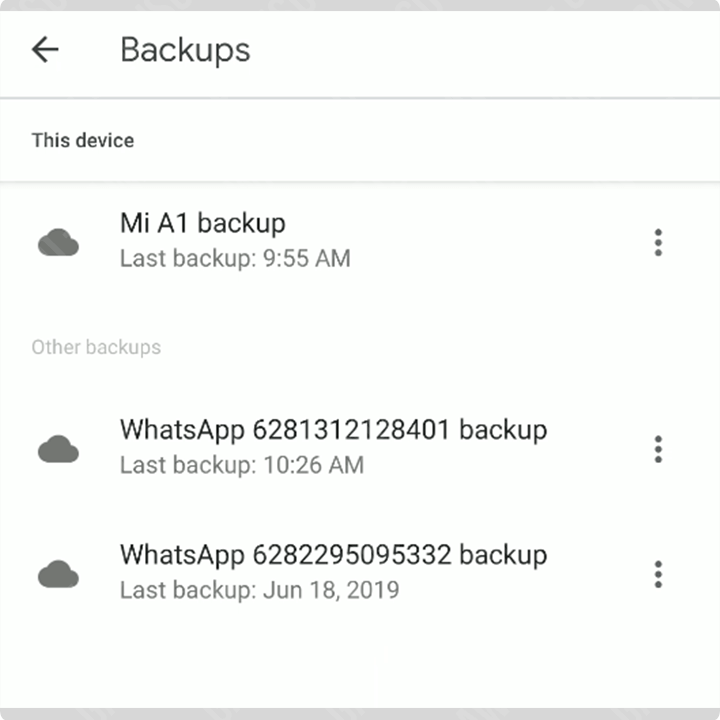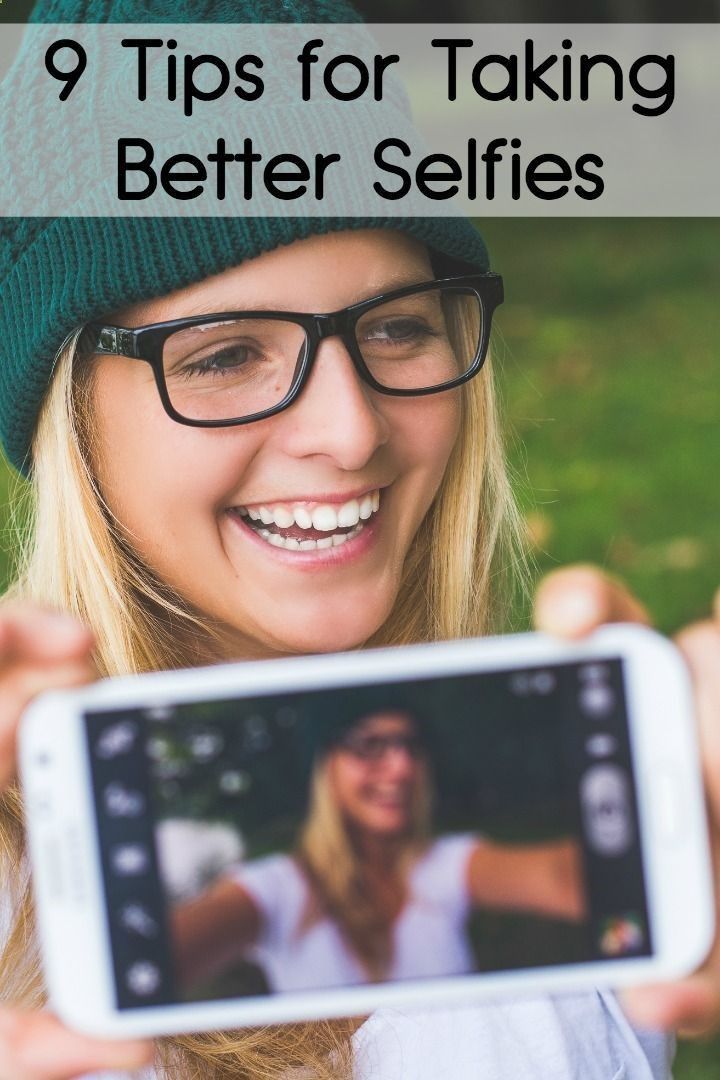How do you make someone a mutual friend on facebook
How To See Mutual Friends on Facebook
As of January 2022, the number of Facebook users is approximately 2.912 billion. With this number of people on a single online platform, you can definitely find mutual connections.
A friend of yours might know another friend of yours back from home, college, or maybe from work. So how do you figure out where to see your mutual friends from?
Seeing your mutual friends on Facebook is similar to using any other feature on the Facebook app. It’s pretty easy to understand. However, you can also encounter instances where you cannot see people’s friends lists because of specific security settings.
You’ll find two guaranteed methods to find your mutual connections on Facebook and learn how you can manage your privacy settings.
Table of Contents
- Check Out the Timeline of a Friend To Find Mutuals
- Using the “People You May Know” Feature on Facebook
- Why Can’t I See the Friends List of My Friends on Facebook?
- Endnote
Check Out the Timeline of a Friend To Find Mutuals
The simplest method to see your mutual friends with another person on Facebook is by looking up their Facebook profile and seeing their friends list.
You can look for mutuals using the Facebook timeline of a friend in the following easy steps:
- Open the profile page of any one of your friends on Facebook or the person you want to see mutuals with.
- Choose the Friends option on their timeline.
- To further specify the friends’ list click on the Mutual Friends option, and it will display the mutual friends’ list.
You can add your mutuals as friends if they’ve allowed their mutuals to send friend requests. Facebook also displays people you may know through its algorithm if it finds them suitable.
Let’s learn more about the “people you may know” feature.
Using the “People You May Know” Feature on Facebook
To keep your connections updated, Facebook keeps displaying people you might know. The suggested users could be mutuals you may have at your workplaces, schools or anyone you may know.
This feature of Facebook uses artificial intelligence to find new connections through the current ones. Follow these steps to use the ‘people you may know’ feature’:
Follow these steps to use the ‘people you may know’ feature’:
- Log in or open your Facebook app.
- Click on the Friends option. Check the top right corner of your device’s screen.
- Look around the People You May Know section and view the suggested list.
- Send your mutuals a friend request or view their profiles. It’s up to you.
Your mutual friends will be shown in the list along with the number of mutuals you both have.
As simple as finding mutuals on Facebook sounds, you may not be able to see the friends list of many users. Let’s see why.
Why Can’t I See the Friends List of My Friends on Facebook?
Due to privacy settings that any Facebook user can enable, you may not be able to view the friends’ list of many people. This is because these users have restricted their profile visibility.
It’s not all bad, though. The bright side is that just like your other friends, you can also manage who sees your friends list if you don’t want random people sneaking around your timeline, and probably most of you don’t.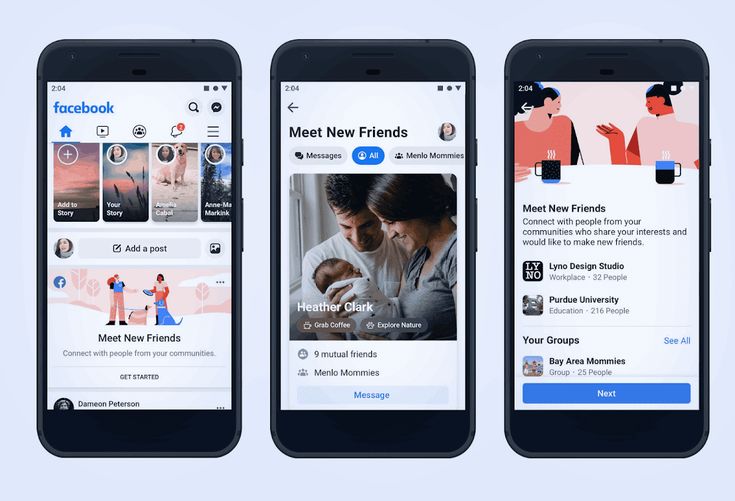
To manage the friends’ list, follow these four easy steps:
- Select the pen-shaped option on your Friends tab and select the Manage option.
- To change the privacy settings, select Edit Privacy.
- Now, you can choose either of the three options: Public, Friends, or Only me.
- Finally, save your new settings.
Endnote
Finding mutuals on Facebook is a great way to start networking, whether for professional reasons or personal. Facebook has brought multiple communities together and connected people that lost contact.
If you are looking for someone specific or just trying to expand your network, finding mutuals on Facebook is not a difficult job.
Look around your friends’ timelines or explore the networking features of the app.
If you can’t see the friends list of a specific user, they’ve probably restricted visibility through security settings.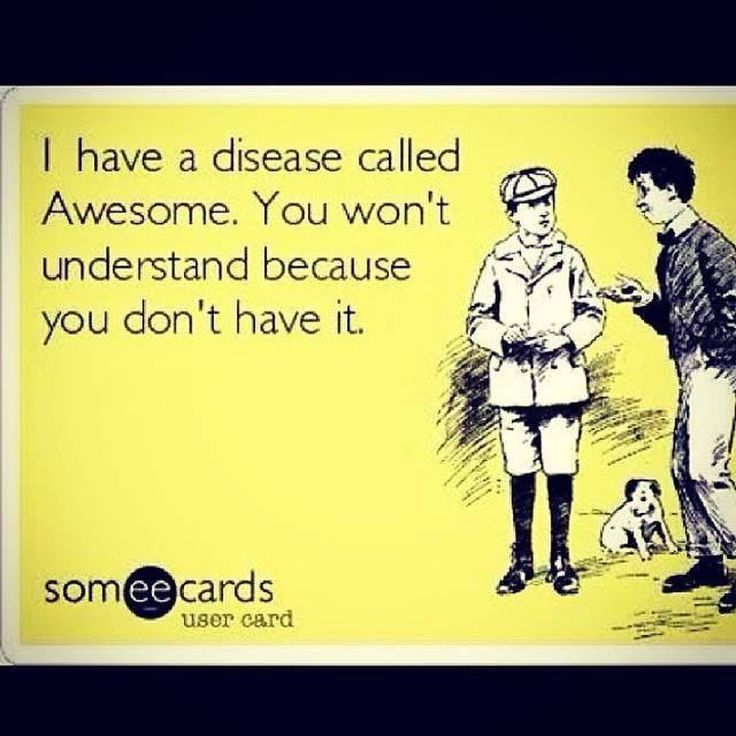 The good news is that you can also restrict people from seeing your friends list.
The good news is that you can also restrict people from seeing your friends list.
Feeling a little more secure now?
Why does Facebook recommend friends I've never even met?
We may earn a commission if you buy something from any affiliate links on our site. Learn more.
Amelia Tait
Science
Facebook's People You May Know algorithm is shrouded in mystery – even within the company itself. But its suggestions have often led to dark consequences
WIRED
For Eddie Velasco, it was a customer at the bank where he worked. For Julice Everage, it was someone in Starbucks. And for Brigid Kaelin, caregiving for her dying mother last summer, it was a nurse who visited her home. Velasco, Everage, and Kaelin are just three of thousands of people who have been creeped out after Facebook’s “People You May Know” tool recommended they connect with strangers shortly after first meeting them in real life.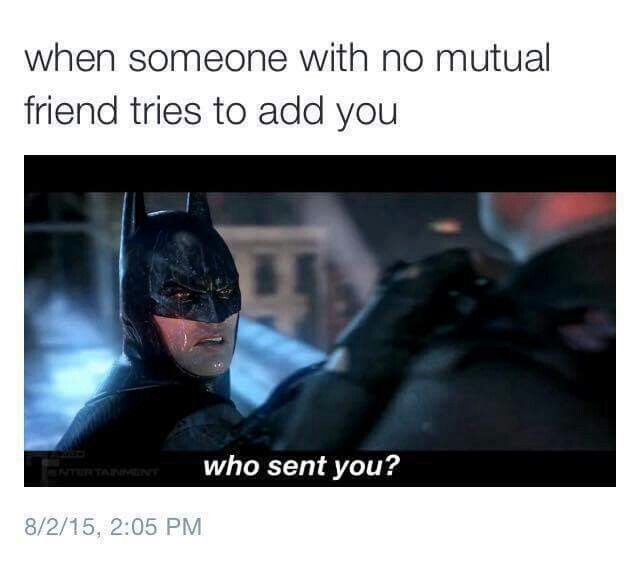
For over a decade, People You May Know (PYMK) has been recommending potential new friends on Facebook: there’s that girl you knew in primary school, your best friend’s dad, and the uncle you’ve been avoiding adding because of his love of PROUD BREXITEERS AGAINST POLITICAL CORRECTNESS memes. The algorithm behind PYMK is so secretive that it breeds frenzied speculation. If you search for “People You May Know”, the first snippet pulled by Google claims that “People You May Know = People Who Stalked You”, something Facebook itself denies.
Facebook publicly admits there are four factors that feed into PYMK. First there’s people you have lots of mutual friends with – the most common reason for suggestions, according to Facebook’s Help Centre. Then there are people who are in the same Facebook groups or photos as you; people who went to the same school or work at the same company as you; and phone and email contacts you’ve uploaded to Facebook (knowingly or not). While back in 2016, Facebook also said “many other factors” fed into its algorithm, this line has now been deleted from the official Help Centre page.
“My only theory is a ‘tinfoil on the head, they’re watching us’ thing,” says Velasco, a 23-year-old bank teller from Kentucky who recently served a female customer before seeing her on PYMK later that night. Despite multiple investigations proving the contrary, many people still believe Facebook listens in on conversations via your phone’s microphone in order to recommend products or even, in this case, friends.
Most Popular
“I think it connects me to people because Facebook is always listening,” says Everage, a 19-year-old Starbucks barista from Oklahoma who is frequently recommended her customers. Kaelin, a 40-year-old musician from Kentucky, believes her mother’s nurses came up on her suggested friends because their mobile phones were in the same location.
The fog of mystery surrounding PYMK is so thick that even Facebook itself isn’t particularly clear on the issue. “The one thing I have discovered in all my reporting on People You May Know is even the people who work there have little idea how it works, and as a result of that I’ve got very conflicting messages about it over the years,” says Kashmir Hill, a journalist who has reported on PYMK for nearly five years.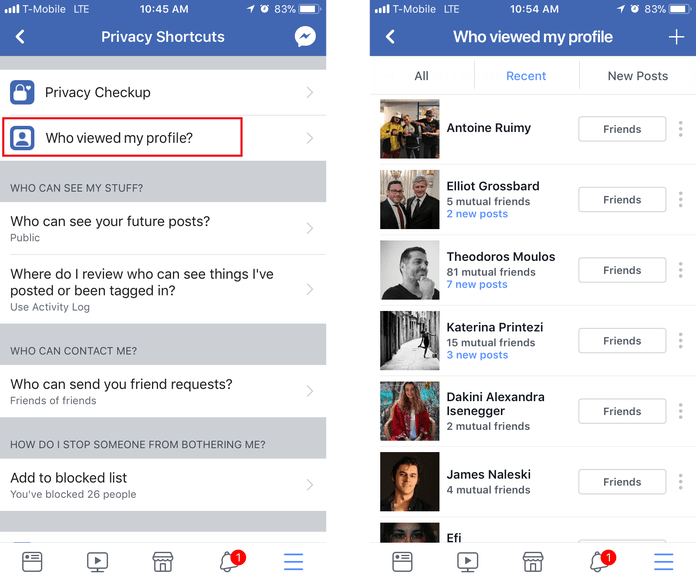
In 2016, Hill reported that location services were “one of the factors” Facebook used for PYMK after a company spokesperson confirmed this with her. After her article was published, Facebook retracted the statement – claiming that the company only once ran a four-week test using location services for PYMK.
It’s understandable, then, why people are suspicious, and why rumours persist. In 2016, when Vox ran an article about PYMK, Facebook said it did not collect text and call data from users. Two years later in March 2018, the company admitted that it does collect this data from some Android users via the Messenger app, claiming it did not mislead Vox because the journalists only asked about Facebook, not Facebook Messenger.
Read more: How to delete Facebook
While Facebook now readily admits it uses contact data that you’ve uploaded to feed into PYMK (you can check if you’ve uploaded your contacts to Facebook here or Messenger here), the lack of awareness around this has not only led to conspiratorial thinking, it has also endangered people’s lives and livelihoods.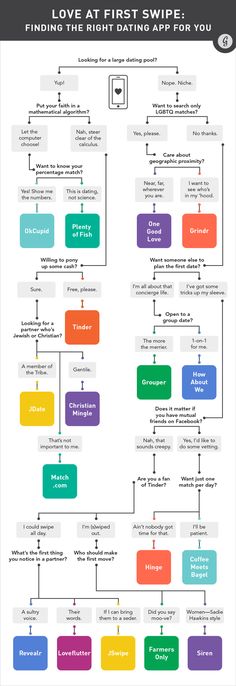
In 2017, sex workers feared for their safety when PYMK recommended their clients add them on the app. A year earlier, a psychiatrist’s patients were recommended to one another as friends – Hill, who broke this story, theorised that because all of the patients had the psychiatrist’s number saved, Facebook assumed they were a network of connected people. PYMK has, over the years, outed cheating husbands to their wives and recommended rape victims “friend” their rapists. Hill has her own shocking experiences with the feature – in 2017, Facebook connected her with a great aunt who she had never met.
Most Popular
On a daily basis, PYMK causes problems for people, making it remarkable that the feature has no “opt out”. A 22-year-old Redditor from Massachusetts tells me that when Facebook started recommending he add Furries – people interested in andromorphic animals who dress in “fursuits”, sometimes for sexual purposes – he realised one of his friends had the unusual interest. “I was worried sick because my dad was sharing an account with me,” the user says, concerned about sexual images in close proximity to his page. “My friend actually outed himself when I came to him about the Furry invasion.” Thankfully, the friend wasn’t embarrassed or upset.
“I was worried sick because my dad was sharing an account with me,” the user says, concerned about sexual images in close proximity to his page. “My friend actually outed himself when I came to him about the Furry invasion.” Thankfully, the friend wasn’t embarrassed or upset.
There are over 300 people on my own People You May Know – when I delete them all, Facebook then recommends 300 more. While Facebook claims “mutual friends” are the most common reason for recommendations, I’m intrigued about how this works in practice. Someone I have zero mutual friends with is my first recommendation, while someone with 16 mutual friends doesn’t appear until halfway down the list. Even though I’ve interacted with this person multiple times, and even been to the pub with them, I don’t particularly like them.
Does Facebook somehow know this? Conversely, a person with only two mutual friends who I’ve never met in real life is right near the top – but I like them a lot, and we’ve been chatting on Twitter.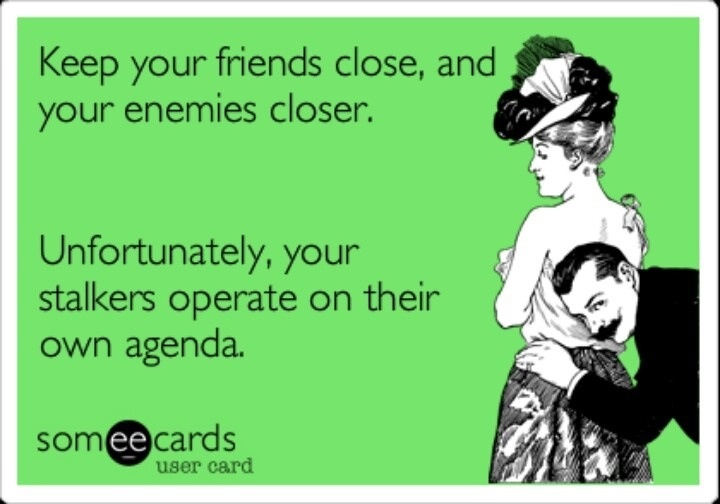 Does Facebook somehow know this too? Have I fed the website enough information over the years for it to understand who I might or might not get along with?
Does Facebook somehow know this too? Have I fed the website enough information over the years for it to understand who I might or might not get along with?
My most common recommendations are people I, as a journalist, have interviewed for stories. What’s unusual about this is that I call interviewees over WhatsApp, and don’t add them as contacts in my actual phone. “WhatsApp does not share contacts with Facebook; we don’t use WhatsApp data to recommend candidates in ‘People You May Know’,” says a Facebook spokesperson when asked about this. Yet, as Hill has pointed out in the past, Facebook could use this data – WhatsApp’s privacy policy says, “Facebook… may use information from us to improve your experiences within their services such as making product suggestions (for example, of friends or connections, or of interesting content)”.
What's most likely is that while I haven’t added my interviewees to my phone address book, they’ve added me, leading to the connection. “What’s so hard about People You May Know is that you can’t guard your own privacy.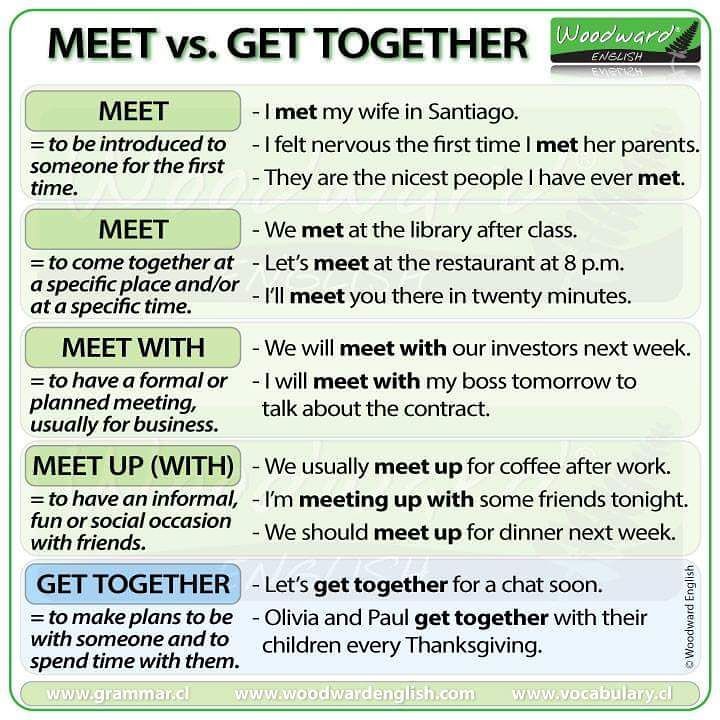 If someone adds you as a contact, then there’s this leakage that’s happening,” Hill says.
If someone adds you as a contact, then there’s this leakage that’s happening,” Hill says.
Most Popular
It’s also worth noting that while I personally have been careful not to upload any of my contacts via Facebook itself, Messenger is a totally different story. Until writing this article I was unaware that Facebook was “continuously uploading” my phone contacts to Messenger (here’s how to turn the setting off and, if you’re on Android, ensure Messenger doesn’t also sync your call and text logs).
Mysteries remain about PYMK (Hill has created a tool you can use to help her figure out the algorithm, though naturally Facebook claimed it violated its terms of service). There are a number of potential reasons why Velasco, Everage, and Kaelin saw the recommendations they did. Perhaps their recommended friends were members of the same groups, or had friends from the same school, or were once tagged in pictures together.
Perhaps it’s just a coincidence or an example of the Baader–Meinhof effect – when something (or in this case, someone) who has recently come to your attention appears again with alarming frequency.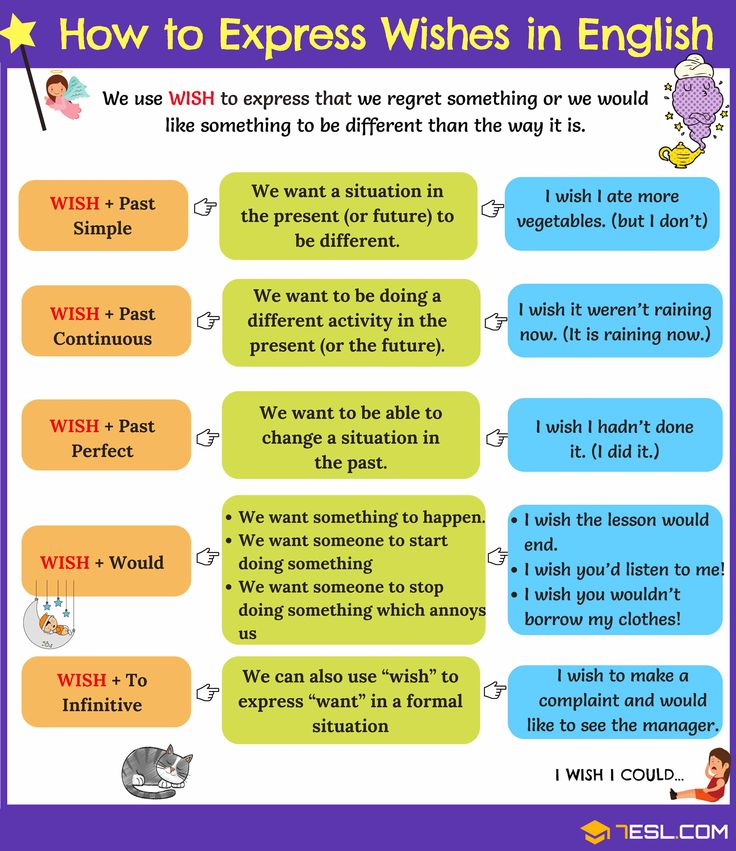 Perhaps Velasco’s customer was in his PYMK before she came into the bank, but he only noticed her there after?
Perhaps Velasco’s customer was in his PYMK before she came into the bank, but he only noticed her there after?
Still, even if PYMK isn’t creepy enough to check up on your location or listen in on your microphone, the feature still troubles people daily. “I think what’s so creepy about People You May Know is that Facebook could very, very accurately predict who you know in real life and people you’re seeing in real life, because they do have access to all that data, they do have location data on your phone,” Hill says. “They’re just choosing not to use it, as far as we know.”
More great stories from WIRED
– Why parents should stop worrying about videogame addiction
– Why are we having less sex? Blame honesty
– Jeff Bezos wants to colonise space, but he's destroying Earth
– Why staff on the autism spectrum are a huge asset
– Why Tim Cook is a better Apple CEO than Steve Jobs
Amelia Tait is a freelance journalist who writes on culture, trends, and the internet for publications such as The Guardian, The New York Times, Vice, and GQ. She is based in London.
She is based in London.
TopicsWIRED on AlgorithmsCultureFacebookPrivacy
More from WIRED UKideas
The Work-From-Anywhere War Is Beginning
Forget return-to-office mandates. The most sought-after talent want ultimate flexibility. Their bosses need to get on board.
By Bruce Daisley
culture
37 of the Best Films on Netflix This Week
Stuck for a good film on Netflix? Here are our picks for the best Netflix movies to feast your eyes on, updated weekly.
By WIRED
science
Vertical Farming Has Found Its Fatal Flaw
Europe’s energy crisis is forcing companies to switch strategies or close down. The industry’s future hangs in the balance.
By Matt Reynolds
How do I control who can see my Facebook friends list?
Help Center
Account Management
Facebook Names
We're updating the mobile version of Facebook. com. More
com. More
By default, the Friends section of your profile is public, that is, everyone can see the list of your friends.
Configuring access to your friends list
Classic version for mobile browser
Click the icon in the upper right corner of the Facebook window. nine0003
Scroll down and click Settings.
Scroll to the Audience & Visibility section and select How can I find and contact you.
Click Who can see your friends list?
Select the audience of people (for example, Friends) to whom you want to grant access to the friends list.
New version for mobile browser
Click the icon in the upper right corner of the Facebook window.
Select Settings.
Scroll down to the Privacy section and click Privacy Settings. nine0003
Click Who can see your friends list? See How can I find and contact you.
Select the audience of people (for example, Friends) to whom you want to grant access to the friends list.
Notes
You can only access your own friends list. Your friends can also manage access to their friend lists.
For example, if you select Only me, only you will see the full list of friends on your profile. However, if your friend has made their list public, other people will see you on their profile. nine0003
If your friend has made their list public, information about your friendship may appear in News Feed, search results, and other places on Facebook.
People can see your mutual friends on your profile.
Was the article helpful?
Related Articles
How do people who aren't on my Facebook friends view my profile?
How do I set up who can add me as a friend on Facebook?
Facebook friend lists
Information
Confidentiality
Conditions and rules
Advertising preferences
Vacancies
COOKIE
Creation
Create page
90,000 Frequencies Frequencies, long -standing communications and share of randomness - social networks on VC. ru
ru SMA .ru publishes selective excerpts from a Motherboard post by journalist Megan Neal, who studied Facebook friend list ranking data by talking to social network representatives and conducting a series of experiments. nine0003
89 612 views
Each of us has experienced this confusing situation - Facebook puts in a table with a list of friends a random school acquaintance with whom you have not spoken for ten years, or a former colleague from a previous job, whose existence you have long forgotten.
My boyfriend uses Facebook, but neither he nor I have ever interacted on the social network, except for a few joint activities. No photos, comments, likes, tags, marital status. However, when I asked him to go to his own page (for research purposes), in the friends column on the left, where only nine people were displayed, it was me, and in the very first square. nine0003
And what was his reaction? "It's because you're following me, stop doing it!".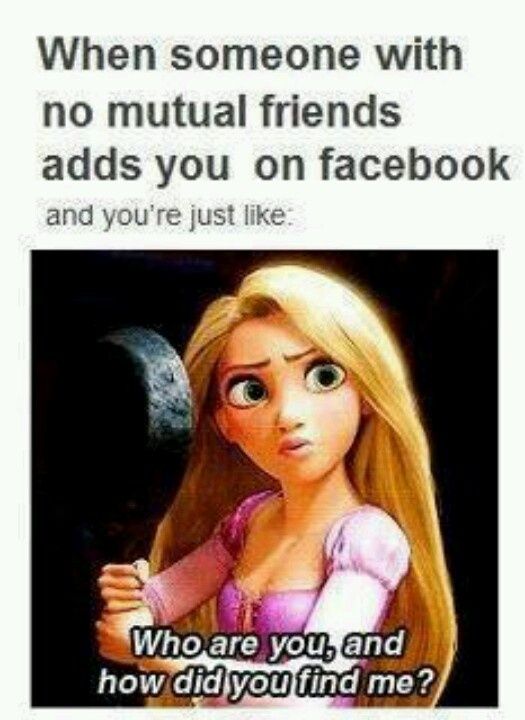
How Facebook ranks friends is a real mystery, and a very disturbing one. Most of us don't quantify people, but in this case, a mysterious algorithm does it for us and we have no control over it.
Who is “chasing” whom is one of the most personal and vulnerable components of the information held by the social network. In addition, social media generates a kind of premonition that if you have had little interaction with someone who is at the top of your friends list, then he is following you. It turns out that those whose page you yourself often visit can also understand this. nine0003
Google search results reveal a lot of troubling questions on Quora and Reddit about how Facebook builds its friend list.
People are afraid that the rating may signal a one-sided relationship, get upset that they see someone they don’t like on the page, panic because of the thought that their secret feelings can be revealed, and someone begins to suspect a lover of betrayal when he sees some cutie in his top friends.
“A girl asked me about a few other friends in the top 9. I tell her that I rarely talk to them and have no idea why they pop up there, ”complained one Reddit user. “My ex is in the second position there, although we have not spoken since December, and I have not checked her profile since then. I used to correspond with a bunch of people, but why exactly is she still there? ”, Asked another visitor to the site.
There is no way to get exact answers to these questions because the details of Facebook's algorithms are classified. But we know about some factors that influence the formation of friends in the list, so we can turn to them for tips. nine0003
There are several places that display Facebook friends. If you click on the list of friends, then the people with whom we interact most often will appear at the top. Another sample is displayed in the sidebar on the left. The third group of users is collected for the chat list and is located on the right. Some names are displayed in the search bar when you click on it:
The social network also distributes friends according to categories: close friends, family, colleagues, classmates, and so on.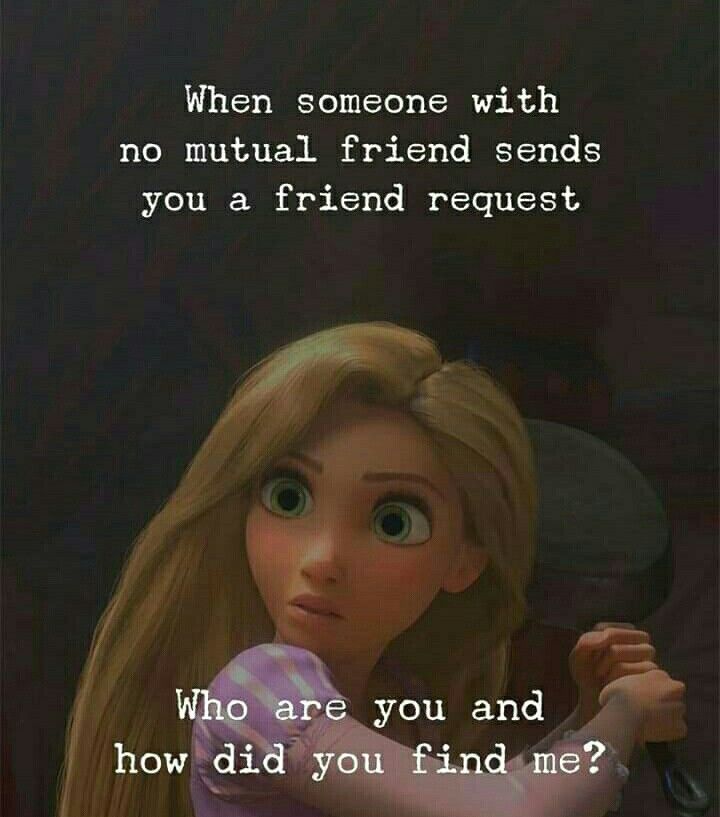 Some lists are generated automatically based on where you live or work. It is assumed that the user should define the category "close friends" for himself, while Facebook itself offers to add some people there. nine0003
Some lists are generated automatically based on where you live or work. It is assumed that the user should define the category "close friends" for himself, while Facebook itself offers to add some people there. nine0003
But what worries me the most is the table with nine friends on the left. According to the social network, this is a group of relevant users gathered as a hint. In other words, these are the people that the social network subtly encourages you to interact with. And if someone else visits your page, then he sees in this square users whom he already knows and who he might want to chat with.
Such a strategy makes sense for the advertising business model of a social network - to connect as many users as possible and make them interact with each other. nine0003
Algorithms calculate how often and how long you have been in contact with other people. Therefore, the appearance of a random girl from a university in this square means that the social network is pushing you to communicate with those with whom you have not spoken for a long time, but at the same time you have known each other for a long time.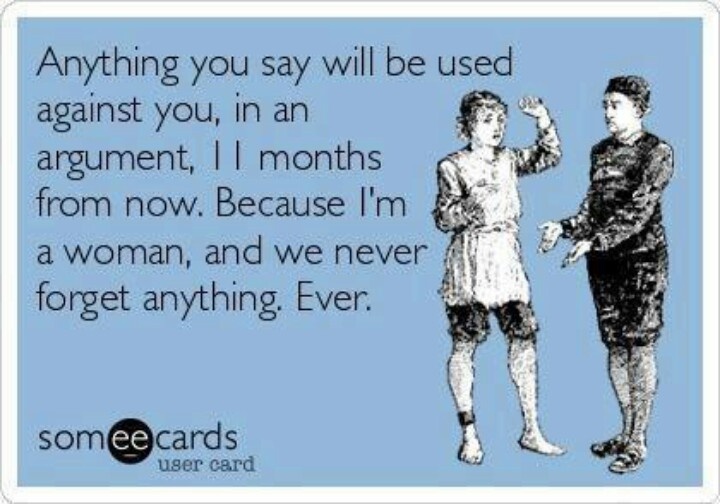 It might also include people you've "befriended" recently, or people who've just posted new posts or photos.
It might also include people you've "befriended" recently, or people who've just posted new posts or photos.
And sometimes they are just random people.
Facebook's algorithms are constantly evolving - this is the company's secret sauce for pushing new features. nine0003
Two years ago, the social network used the Edgerank algorithm, which took into account three factors to determine social proximity: how often users interact with each other, for how long, and exactly how.
Today's formula is more complex. It uses machine learning technology and takes into account thousands of different data. But assuming the core functions remain the same, the system is likely to give different weights to interactions depending on their types. Being in a photo with a user or attending events with them are the best indicators of close communication, as opposed to “likes” and comments. nine0003
You can get a better idea of the algorithms by scrolling down the page with your timeline.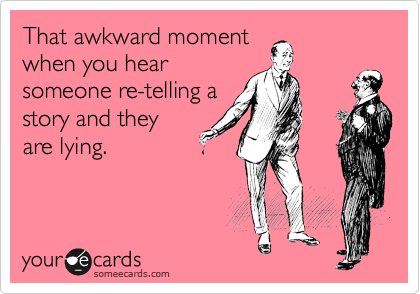 Facebook tracks and records everything you do on the site, so with a deep analysis, you can notice these minor interactions that you probably forgot about a long time ago. Then there will be a connection between the people on the profile page and your actions in the past.
Facebook tracks and records everything you do on the site, so with a deep analysis, you can notice these minor interactions that you probably forgot about a long time ago. Then there will be a connection between the people on the profile page and your actions in the past.
Facebook has always claimed that its ranking algorithms only take into account public interactions, so you shouldn't look for answers to questions in private messages or viewing other people's profiles. nine0003
“We use different classifications for different divisions (for friends on the profile page, for the chat list, and so on). For each of them, we develop the most suitable ranking, but we do not use private information ... ".
However, the issue of secret persecution continues to worry Facebook users. I created a fake account on purpose and "befriended" my real self, after which I started virtual stalking my real page for a few days. However, the fake friend never showed up on any of my social media lists.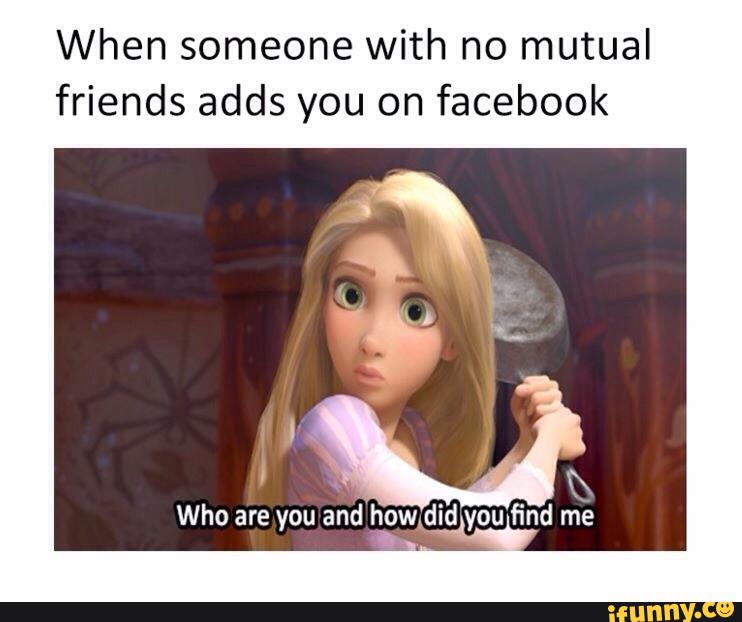 nine0003
nine0003
I also did some other experiments. When I, for example, tagged people in a photo or they tagged me, those users moved up in the lists. If we stopped interacting with each other, they lost several positions in these groups.
Some things did surprise me. I realized that Facebook encourages me to add to the category of "close friends" those people whose pages I often visit. Their names also appeared in the search bar when I entered the first letter (obviously, this list displays people with whom you are not “friends”, but whose pages you visited recently). nine0003
I also tested a tool the developers created to connect a user to the Facebook API and reveal a friend's rating. It was a real mystery to me why the names were placed in the lists in a certain order. At the same time, the people I actively followed were in higher positions, unlike the rest. It was noticeable that the users whose pages I visited and whose photos I viewed were higher in the source code.
The lower the number, the greater the social proximity.